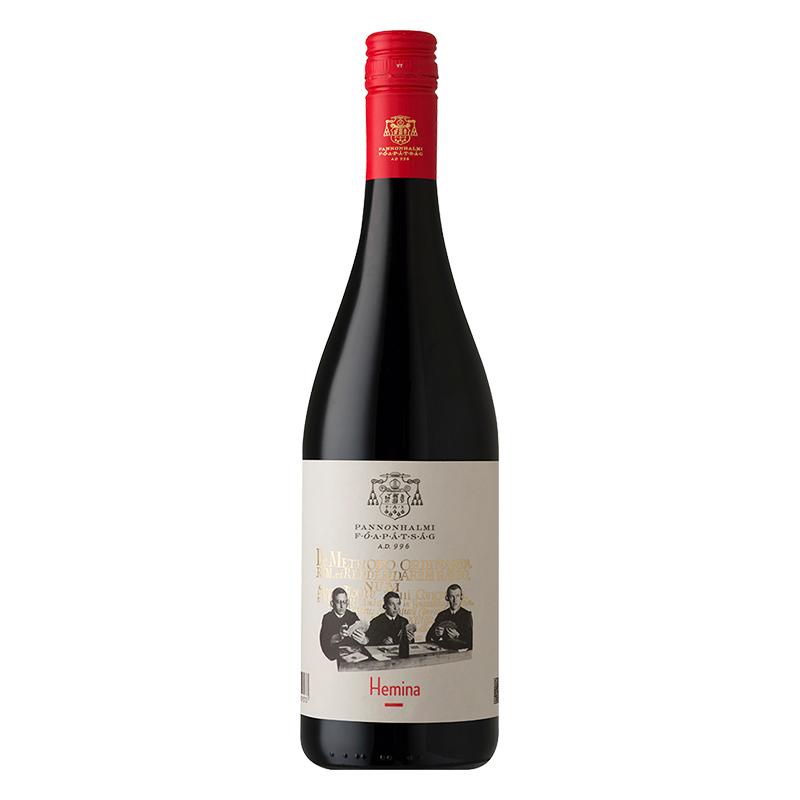 0
0
Categories
Drinks
Alcoholic beverages
Sweets
Snacks
 Non-perishable foods
Non-perishable foodsStaple foods
Presents
Your cart is empty

Pannonhalmi Főapátság Hemina Red 2022 750ml
4 990 Ft
Iconic labels and wine names abound at the Pannonhalmi Főapátság (Archabby). Such is the Infusio, the Prior, and by now the Hemina has become a similar concept. 60% Chardonnay, 25% Pinot Blanc, 10% Viognier and finally 5% Sauvignon Blanc. The harvest was carried out at the best possible time, with precise optical sorting, gentle pressing, extraction by gravity and then fermentation in 500-litre oak barrels. Ripe white fruit and minerality, with a subtly creamy texture.
Alcohol: 14%
Alcohol: 14%
Article number: BT039
Brand: Pannonhalmi Főapátság
Category: , Bor
Labels: Hungarian product Red Dry Pannonhalma wine region
Brand: Pannonhalmi Főapátság
Category: , Bor
Labels: Hungarian product Red Dry Pannonhalma wine region
The Benedictine monks who settled in Pannonhalma had always been closely associated with viticulture and winemaking in previous centuries. They cultivated the highest level of grape and wine culture of the time. In the early 1900s, the size of the abbey estate was approx. There may have been 100 hectares in the immediate vicinity of Pannonhalma, but the Abbey also had estates in Somló and Tokaj-Hegyalja. Already at that time he was selling his white and red wines in bottled form, which had gone beyond historical boundaries.
A II. The political and social reorganization that followed World War II made it impossible to continue this centuries-old tradition, as both the vineyards and the winery became state-owned. In the following decades, the monks living in Pannonhalma did not give up reviving the traditions. In 2000, plans began to be outlined for the construction of the Pannonhalma Abbey Winery in 2003, with a majority capacity of 3,000 m2 and a storage capacity of 3,000 hl, with the majority share of 2000 m2 and the minority share of MKB Bank Zrt.
The architectural design work was carried out by the CZITA Architecture Office in Győr in close cooperation with the oenological technology design, which was provided by Tibor Gál, an internationally renowned winemaker from Eger, who was also a professional consultant for the winery.
A II. The political and social reorganization that followed World War II made it impossible to continue this centuries-old tradition, as both the vineyards and the winery became state-owned. In the following decades, the monks living in Pannonhalma did not give up reviving the traditions. In 2000, plans began to be outlined for the construction of the Pannonhalma Abbey Winery in 2003, with a majority capacity of 3,000 m2 and a storage capacity of 3,000 hl, with the majority share of 2000 m2 and the minority share of MKB Bank Zrt.
The architectural design work was carried out by the CZITA Architecture Office in Győr in close cooperation with the oenological technology design, which was provided by Tibor Gál, an internationally renowned winemaker from Eger, who was also a professional consultant for the winery.
